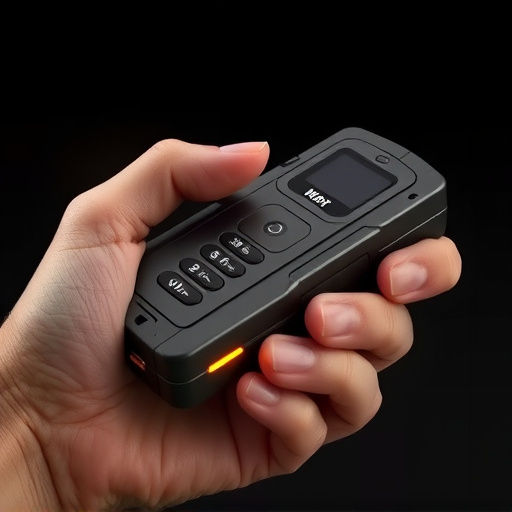Stun guns, particularly advanced models disguised as cell phones, offer non-lethal personal defense with high stopping power despite lower voltage compared to bulkier devices. These modern stun guns feature smart sensors, adjustable voltage settings, and ergonomic designs for swift deployment in stressful scenarios. Selection should prioritize stop power rating, lightweight design, ergonomic features, durability, and quality craftsmanship for reliability and effectiveness in emergency situations.
“Uncovering the true stopping power of stun guns, especially those disguised as cell phones, is essential for personal safety. This comprehensive guide explores the ratings and performance factors behind these non-lethal self-defense devices. From understanding the science behind their effectiveness to navigating the market for the best stun gun that looks like a cell phone, we delve into what truly makes them reliable in critical situations. By examining design evolution and key considerations during purchase, readers gain insights to make informed decisions.”
- Understanding Stun Gun Stopping Power Ratings
- The Evolution of Stun Guns: From Design to Effectiveness
- Factors Influencing a Stun Gun's Performance
- Choosing the Right Stun Gun: What to Consider When Buying a Device That Looks Like a Cell Phone
Understanding Stun Gun Stopping Power Ratings
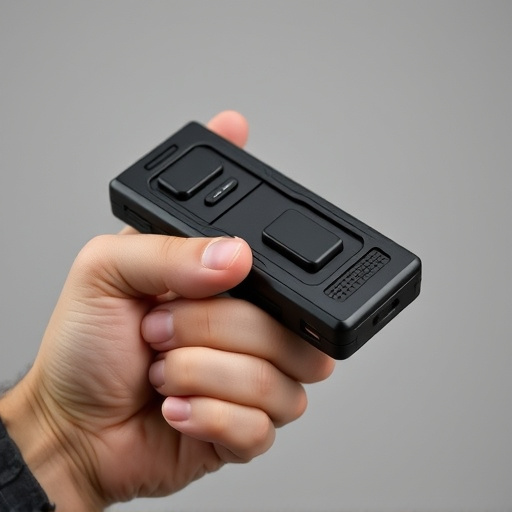
Stun guns, often referred to as electronic control devices (ECDs), have gained popularity as personal defense tools due to their non-lethal nature. One critical aspect that users should consider is the stun gun’s stopping power ratings, which indicate its effectiveness in incapacitating an attacker. These ratings are particularly important when choosing a stun device that resembles everyday objects like cell phones, making them discreet and easy to carry.
Stoppage rates vary among stun guns and are influenced by factors such as voltage output, pulse width, and the target’s tolerance or vulnerability. A stun gun that looks like a cell phone may have a lower voltage than its bulkier counterparts but can still deliver a powerful shock. Understanding these ratings allows users to make informed decisions, ensuring they select a device suited to their needs and capable of neutralizing threats effectively.
The Evolution of Stun Guns: From Design to Effectiveness
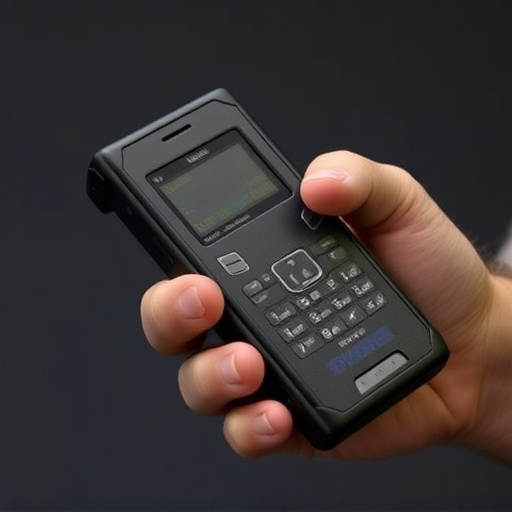
The evolution of stun guns has come a long way since their early designs, marked by bulky and heavy hardware. Today, stun devices have transformed into sleek and sophisticated tools that blend advanced technology with innovative aesthetics—a far cry from the large, obvious electric shock weapons of yesteryear. One notable example is the stun gun that looks like a cell phone, designed to be small, light, and easily concealable while retaining high stopping power.
This modern approach focuses on enhancing effectiveness without sacrificing discretion or ease of use. Manufacturers have incorporated advanced features such as adjustable voltage settings, smart sensors, and improved safety mechanisms to ensure accurate deployment and minimize unintended shocks. As a result, stun guns now offer more precise control over the level of force applied, making them powerful tools for self-defense in various situations—from personal protection to law enforcement applications.
Factors Influencing a Stun Gun's Performance
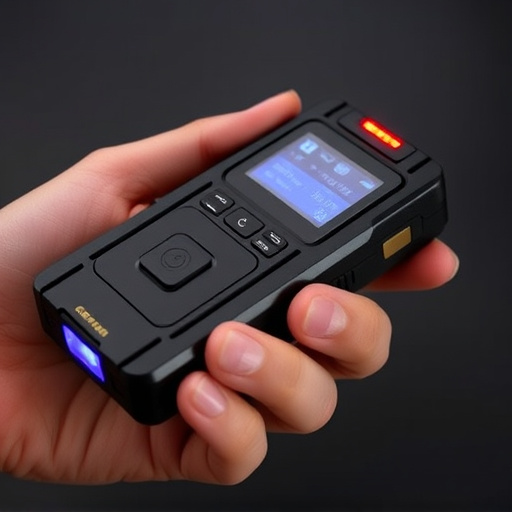
A stun gun’s stopping power is influenced by several factors, and understanding these can help users make informed decisions when choosing a self-defense tool. One key aspect is the voltage output, measured in volts (V). Higher voltage means more electrical current, which typically results in a more powerful stun—a stun gun that looks like a cell phone often boasts impressive ratings due to its advanced technology and higher volt levels. However, it’s not solely about voltage; the amperage, or the amount of electric current flowing through the body, also plays a critical role.
Another important factor is the delivery system, such as the number of electrodes and their placement. More electrodes can increase the surface area for electrical contact, enhancing the stun’s effectiveness. Additionally, the design and shape of the device impact its ease of use and accessibility—a well-designed stun gun that looks like a cell phone, for instance, often prioritizes ergonomic features to ensure users can deploy it quickly and accurately in stressful situations. The quality of construction and materials used also contribute to overall performance and reliability.
Choosing the Right Stun Gun: What to Consider When Buying a Device That Looks Like a Cell Phone
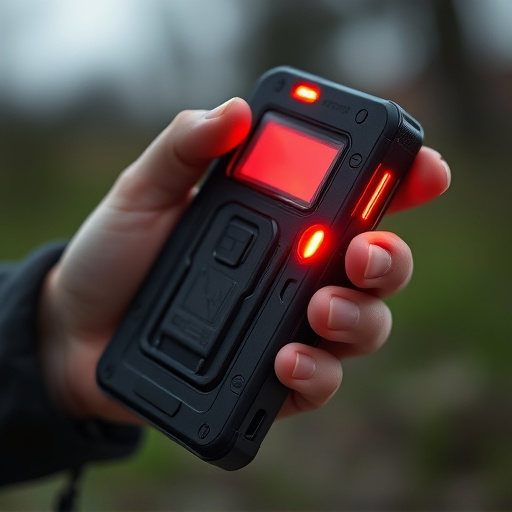
When considering a stun gun that looks like a cell phone, several factors come into play to ensure its effectiveness and your safety. First, check the stop power rating, which measures the device’s ability to incapacitate an attacker. A higher voltage is generally more effective in neutralizing an opponent without causing permanent harm.
Additionally, consider weight and size: a stun gun that resembles a cell phone should be light and compact for easy carrying and discretely concealed on your person or in a purse or pocket. Look for ergonomic designs offering a firm grip and one-handed operation for quick deployment during an emergency. Always opt for a device with reliable functionality, durable construction, and quality craftsmanship to guarantee its longevity and performance when needed most.
When considering a stun gun, especially one designed to mimic a cell phone for discreet carry, it’s clear that stopping power ratings are crucial. Understanding these ratings and the factors influencing them empowers users to make informed decisions. By navigating design evolution, recognizing performance influences, and considering specific needs, individuals can choose an effective self-defense tool like a stun gun that looks like a cell phone. This ensures they’re prepared and confident in potentially dangerous situations.
